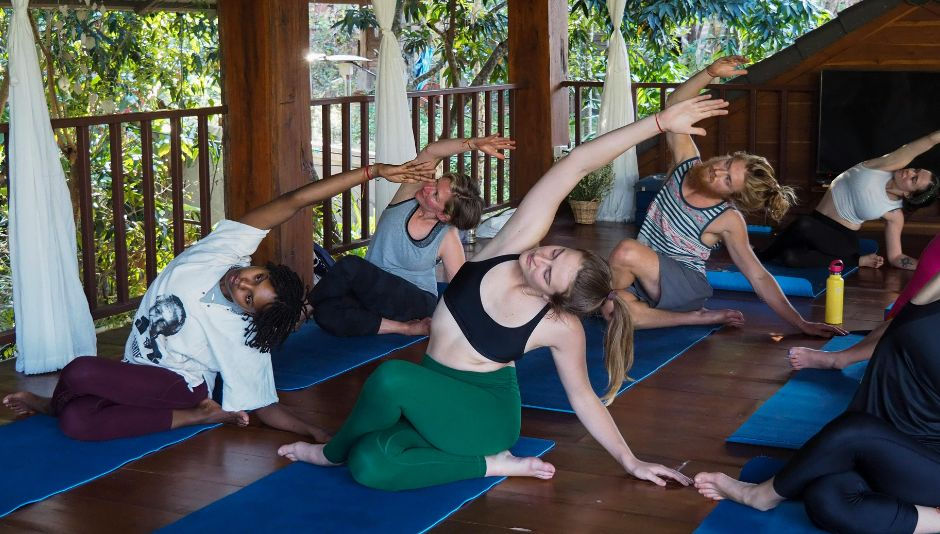Breathe Easy: Protecting Your Lungs Around Backyard Pools
- Contributing Author

- Oct 10
- 2 min read
collaborative guest post
A backyard pool can be a relaxing escape, but maintaining safe air quality is just as important as keeping the water clean. Many homeowners focus on water clarity and cleanliness but overlook how chemical imbalances can impact the air — and ultimately, your health.
Poor chemical management can create airborne irritants that affect your lungs. Whether you maintain your pool personally or use a service, being aware of these risks can help protect everyone who uses the pool.

Hidden Air Quality Hazards Around Pools
Pool safety typically brings to mind slips or drowning, but chemical exposure through the air is another serious concern — especially for indoor or enclosed pools.
Here are three common issues that can affect respiratory health:
Too Much ChlorineExcess chlorine doesn’t just sting your eyes — it can release fumes that irritate the lungs and airways. This is particularly concerning for kids or anyone with asthma.
Limited Air CirculationWithout proper ventilation, indoor pool spaces trap gases, increasing exposure. Even if chemical levels are technically within range, poor airflow intensifies the effects on respiratory systems.
Chemical Residue in PipesOlder plumbing, especially PVC systems, can hold onto chemical buildup. When disturbed or heated, these residues may release lingering odors or vapors. High-quality fittings like those from Lesso can help reduce this issue.
Signs of Poor Chemical Balance
Your pool might be giving off warning signs. Watch for:
Water that appears cloudy or foamy
Strong chlorine smells (a sign of byproducts, not excess chlorine)
Frequent complaints of itchy eyes, sore throats, or coughing after swimming
If these symptoms show up regularly, it’s time to review your pool’s chemical balance and maintenance routine.
Tips for Maintaining Safe Air and Water
A healthy pool environment depends on thoughtful upkeep of both water chemistry and airflow.
Here’s how to keep things in check:
Plumbing and Flow
Flush pipes regularly to prevent residue buildup
Use Class 125 fittings for better chemical compatibility
Ensure chemical feeders are properly connected for even distribution
Water Quality
Keep pH between 7.2 and 7.8 to maximize chlorine effectiveness
Maintain chlorine between 1–3 ppm for safe, effective sanitation
Inspect plumbing for wear and tear, especially after winter
Air Circulation
Use dehumidifiers in indoor pool areas to control moisture
Increase airflow with fans or open windows
Make sure emergency ventilation systems are operational
A Safer Pool Experience Starts with Prevention
Taking a proactive approach to pool care ensures your backyard stays a place of fun — not risk. Clean water is only part of the equation. Clear, breathable air is just as vital.
By staying on top of your chemical levels, airflow, and plumbing, you’ll protect your family’s respiratory health while still enjoying everything your pool has to offer.
For more on this, check out the accompanying resource from Maxx Supply, a provider of PVC butterfly valves.

































